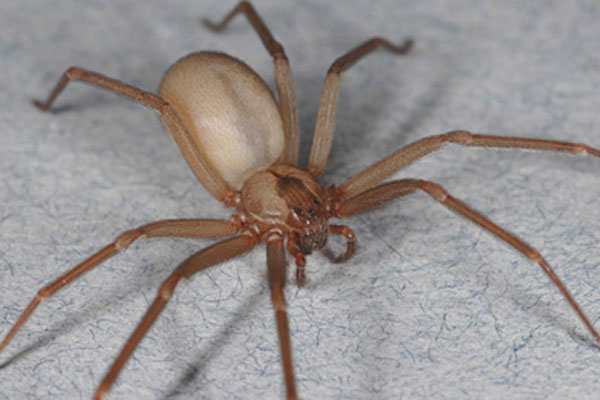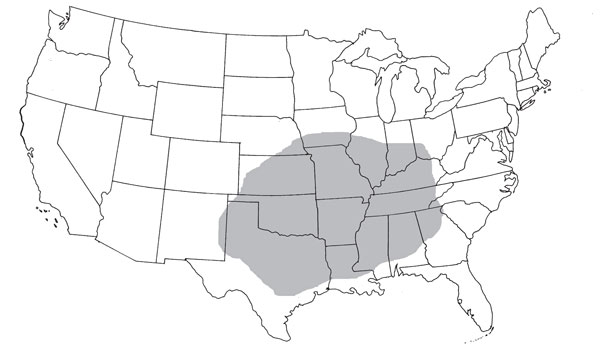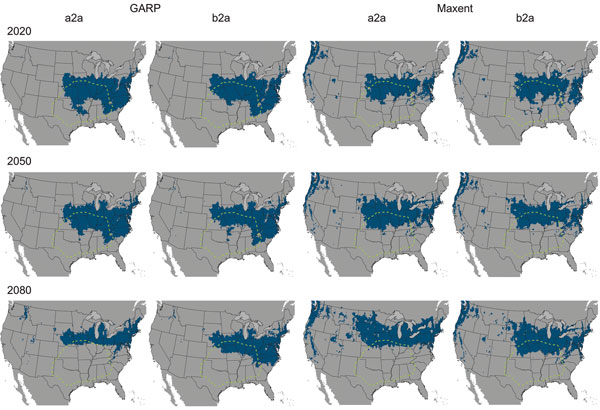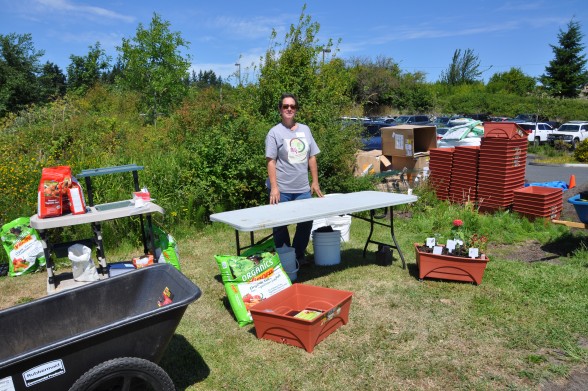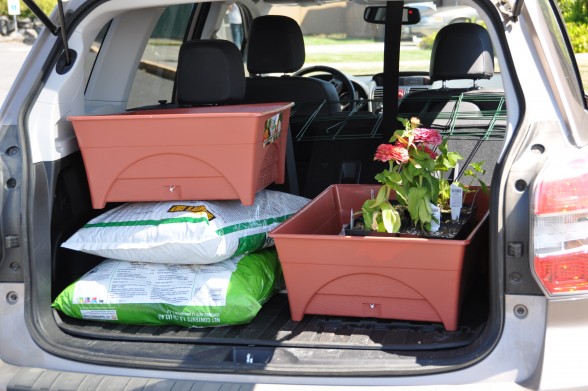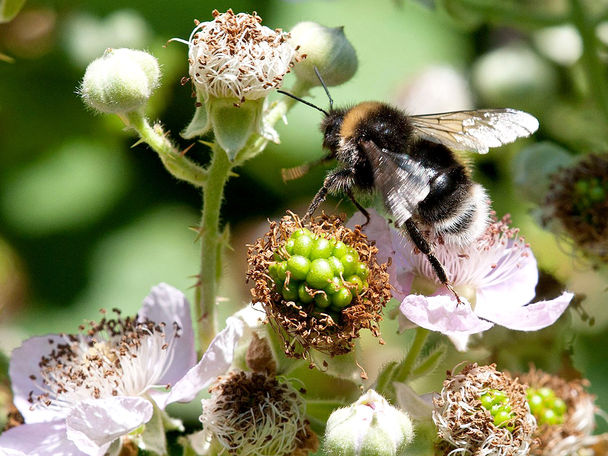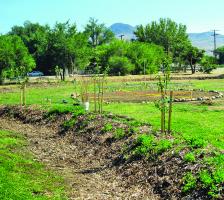The post office has been moving toward curbside and cluster box delivery in new housing areas since the 1970s.
Associated Press
July 25, 2013
WASHINGTON — Americans for generations have come to depend on door-to-door mail delivery. It’s about as American as apple pie.
But with the Postal Service facing billions of dollars in annual losses, the delivery service could be virtually phased out by 2022 under a proposal a House panel was considering Wednesday. Curbside delivery, which includes deliveries to mailboxes at the end of driveways, and cluster box delivery would replace letter carriers slipping mail into front-door boxes.

The proposal is part of broader legislation by Rep. Darrell Issa, R-Calif., chairman of the House Oversight and Government Reform Committee, designed to cut costs at the cash-strapped agency by up to $4.5 billion a year. The Postal Service had a $16 billion loss last year.
The agency has been moving toward curbside and cluster box delivery in new residential developments since the 1970s. The Postal Service in April began deciding whether to provide such delivery for people moving into newly built homes rather than letting the developers decide.
“A balanced approach to saving the Postal Service means allowing USPS to adapt to America’s changing use of mail,” Issa said. “Done right, these reforms can improve the customer experience through a more efficient Postal Service.”
About one in three mail customers has door-to-door delivery, Issa said. The shift would include safe and secure cluster box delivery areas, he said, especially for elderly customers who receive Social Security checks and prescriptions through the mail.
About 30 million residential addresses receive delivery to boxes at the door or a mail slot. Another 87 million residential addresses receive curbside or cluster box delivery.
The cost differences are clear. Curbside delivery costs average $224 per year for each address, while cluster box delivery averages $160. Door-to-door delivery costs the agency about $350 per year, on average.
Sue Brennan, a Postal Service spokeswoman, said, “While converting delivery away from the door to curb or centralized delivery would allow the Postal Service to deliver mail to more addresses in less time, doing so is not included in our five-year plan.”
Brennan said the agency’s five-year plan does call for shifting 20 percent of business address deliveries from door-to-door to curbside and cluster box delivery through 2016.
Rep. Steve Lynch, D-Mass., said the plan to move some 30 million residential addresses from to-the-door to curbside and cluster box service would be virtually impossible in dense urban areas such as his hometown of South Boston crowded with triple-deckers — three apartments stacked on top of each other.
“You’d have to knock houses down in my neighborhood to build cluster boxes,” Lynch said. “This will not work.”
It might work in places like Manhattan with big apartment buildings, he said.
“Look, there’s no availability for cluster boxes in many communities around the country,” Lynch said.
Issa’s plan allows for people with physical hardships to get waivers allowing them to keep door delivery. There’s also a provision giving people the option to keep door delivery by paying a special fee to cover the additional cost.
Issa’s bill also allows the Postal Service to take into account factors such as poverty rates and population density in deciding which areas would be allowed to keep door delivery.
The financially beleaguered Postal Service, an independent agency, gets no tax dollars for its day-to-day operations, but is subject to congressional control.
The Postal Service is pursuing a major restructuring throughout its retail, delivery and mail processing operations. Since 2006, it has reduced annual costs by about $15 billion, cut its workforce by 193,000 or 28 percent, and consolidated more than 200 mail-processing locations.
The service’s losses are largely due to a decline in mail volume and a congressional requirement that it make advance payments to cover expected health care costs for future retirees. About $11.1 billion of last year’s losses were due to payments for future retiree health costs.
The volume of mail handled by the Postal Service has decreased steadily as the popularity of email, Facebook and other electronic services has grown. Total mail volume handled by the agency fell to 160 billion pieces last year from its all-time high, 213.1 billion in 2006. Revenue fell to $65.2 billion last budget year, from a high of $74.9 billion in 2008.
The Postal Service is considering several options to fix its finances, including negotiations with unions to reduce labor costs and another possible increase in prices.
The service earlier this year backpedaled on its plan to end Saturday mail delivery after running into opposition in Congress. It has tried repeatedly and unsuccessfully over the past several years to persuade Congress to approve ending Saturday mail delivery and to free the service from the advance health payments.





